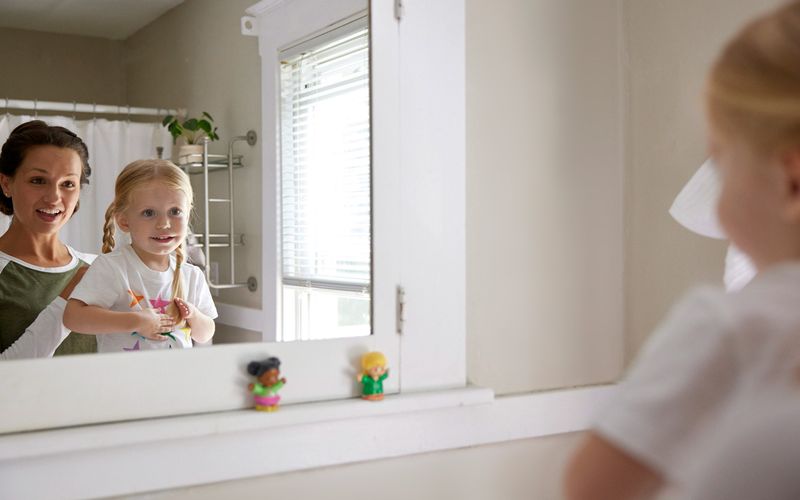Fostering a positive mindset in children is essential for their emotional well-being and overall development. In today’s fast-paced world, children encounter numerous challenges that may affect their mental health. As parents, educators, or guardians, it is our responsibility to equip them with the tools and attitudes that encourage optimism, resilience, and self-belief.
By promoting a positive mindset, we can help kids face challenges with confidence, embrace failure as a learning opportunity, and develop a healthy self-image. This blog post will explore seven practical and effective ways to nurture positivity in kids, ensuring they grow into well-rounded and emotionally intelligent individuals.
1. Encourage Gratitude Journaling

Gratitude journaling is a simple yet powerful tool for children to focus on the positive aspects of their lives. Encourage kids to jot down three things they are thankful for each day. This practice can shift attention from negative thoughts to positive ones. It helps children appreciate the small things and develop a grateful mindset. Over time, writing regularly can enhance emotional well-being and increase happiness. The act of writing encourages reflection and mindfulness, teaching kids to savor pleasant experiences. In their journal, they can also draw or paste pictures, making it a creative outlet.
2. Promote Positive Self-talk

Teaching children to use positive self-talk empowers them to handle stress and anxiety. Encourage kids to replace negative thoughts with affirmations like “I am capable” or “I can try my best.” This practice fosters resilience and boosts self-esteem. Positive self-talk helps children develop a healthy inner dialogue, crucial for emotional growth. It enhances their ability to cope with challenges by reinforcing a sense of self-worth. Children learn to become their own cheerleaders, celebrating their achievements. In times of doubt, these affirmations act as mental armor, promoting a can-do attitude.
3. Incorporate Mindfulness Activities

Mindfulness activities help children stay grounded and calm. Simple practices like deep breathing or guided imagery can be introduced both at home and in school. These techniques teach kids to focus on the present moment, reducing stress and enhancing concentration. Mindfulness fosters emotional regulation, helping children manage their feelings better. By practicing regularly, kids learn to respond thoughtfully rather than react impulsively to situations. This approach promotes self-awareness and empathy, as children learn to understand their emotions. Overall, mindfulness cultivates a sense of peace and clarity, supporting a positive mindset.
4. Cultivate a Growth Mindset

Encouraging a growth mindset in children inspires them to embrace learning and view challenges as opportunities. Teach kids that abilities can be developed with effort and practice. This mindset encourages perseverance and resilience, vital for overcoming obstacles. Children learn to see failure as a stepping stone rather than a setback. By praising effort over innate talent, adults can nurture a love for learning. A growth mindset fosters curiosity and creativity, as kids become more willing to explore new ideas. It empowers them to take risks and innovate without fear.
5. Model Positive Behavior

Children learn a lot from observing adults. Modeling positive behavior is an effective way to instill optimism. Demonstrate resilience and gratitude in daily life. Show kids how to handle setbacks with grace and humor. Encourage open communication about feelings, promoting emotional intelligence. By expressing positivity and adaptability, adults set a powerful example. Children mimic these behaviors, adopting a positive outlook. In addition, sharing personal stories of overcoming challenges can inspire kids. Modeling also involves listening and validating their emotions, reinforcing a supportive environment. It’s about showing, not just telling.
6. Encourage Creative Expression

Creative expression allows children to explore their thoughts and feelings. Encourage activities like drawing, painting, or storytelling to help them articulate emotions. This outlet provides an opportunity for self-discovery and boosts self-confidence. Through creativity, children can process their experiences and develop problem-solving skills. It encourages imagination, which is essential for innovative thinking. Art can also serve as a medium for stress relief, offering a break from routine pressures. By valuing creative efforts, adults can reinforce a child’s sense of accomplishment, contributing to a positive self-image.
7. Promote Physical Activity

Physical activity is crucial for a child’s mental and emotional health. Encourage regular exercise through fun activities like sports or dance. Physical movement releases endorphins, boosting mood and reducing stress. Playing in teams also builds social skills and cooperation. Regular exercise enhances concentration and self-discipline, supporting academic success. It instills a sense of accomplishment and encourages healthy lifestyle habits. Children learn to set goals and work towards them, fostering resilience. Physical activity also serves as an outlet for pent-up energy, helping to maintain a balanced state of mind.

Well, hello there!
My name is Jennifer. Besides being an orthodontist, I am a mother to 3 playful boys. In this motherhood journey, I can say I will never know everything. That’s why I always strive to read a lot, and that’s why I started writing about all the smithereens I came across so that you can have everything in one place! Enjoy and stay positive; you’ve got this!

